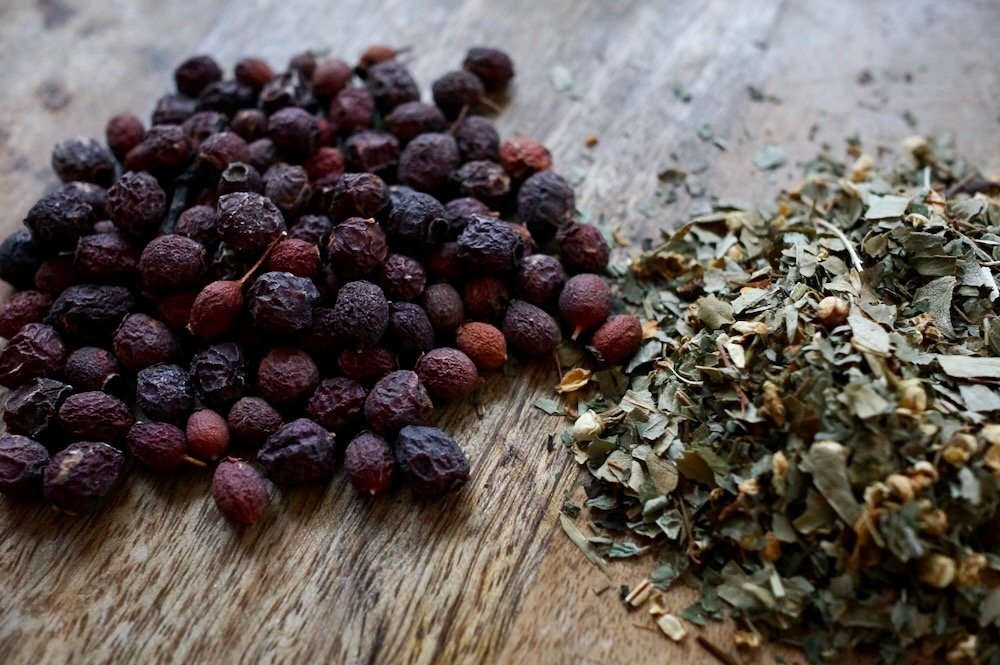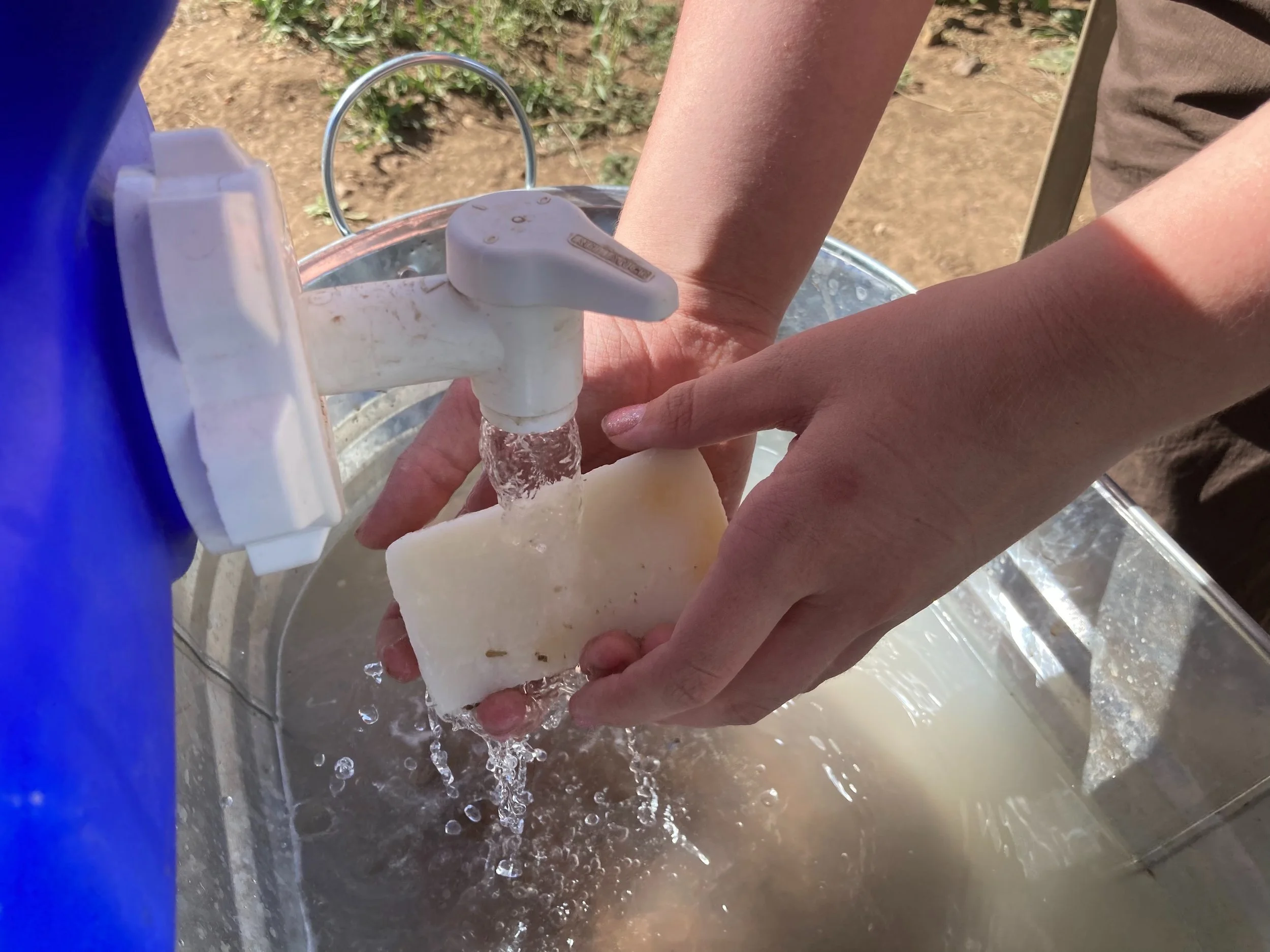Plant Allies: Focus on Hawthorn
February is here, and often times is can be one of the hardest months of the year for people in the northern hemisphere, especially above the 45° latitude. Often the earth, if not covered in snow, is grey and dull brown. Spring is not here yet and the festivities are over. I often wonder if it was for this reason that Valentine’s day was put in February, to bring a focus on love and the heart during the deepest point of winter. I think it’s often this time when our hearts need a pick me up, and that’s where hawthorn comes in!
Hawthorn Identification
Hawthorn (Crataegus monogyna) is one of my most favorite plant allies. It’s gorgeous tree with small white flowers that grow in clusters. The fruits are red and have a single seed inside. They look much like tiny crab apples. You’ll find it growing in many parts of the world in Europe, north Africa, North America and western Asia. It can grow so prolifically that some call it a noxious weed. That just makes me think Crataegus knows that we need more of it.
It’s smells great when in bloom and tastes wonderful as a tea or tincture and has a known heart health benefits. Hawthorn has been used for at least a thousand years as heart remedy for both the physical and emotional heart. Studies have confirmed that is helps improve heart muscle tone, oxygen uptake and improves circulation. Arrhythmia runs in my family so I have personal experience with it and affinity for hawthorn.
I find when I am feeling heartache, or loneliness that a dropper full of hawthorn tincture really helps.
Hawthorn (Crataegus monogyna)
Family: Rosacea
Usable part: leaf, flower and berries
Energetics: Cooling and Moistening
Properties: Anti-arrhythmic and antiseptic
Usage: take as a decoction or tincture
Want to know even more? Herbal Jedi has a fun short video on hawthorn.
Hawthorn Tea
Ingredients:
1 tbsp hawthorn leaves and flowers
a few berries
honey to taste
Note: This recipe is just for one cup. So just add more as necessary if you are making a big batch.
Bring 8 oz of water to a boil, add leaves and flowers and berries and let steep for at least 10-15 minutes. You want to make a decoction for it to have the most medicinal benefits. After 15 minutes (or longer if you forget, not really an issue) strain the liquid from the plant material and add honey to taste. I find hawthorn tea to be plenty sweet on it’s own, but I drink many of my herbal teas unsweetened. Drink 3-4 cups daily. Hawthorn is known to be completely safe for long term use.









